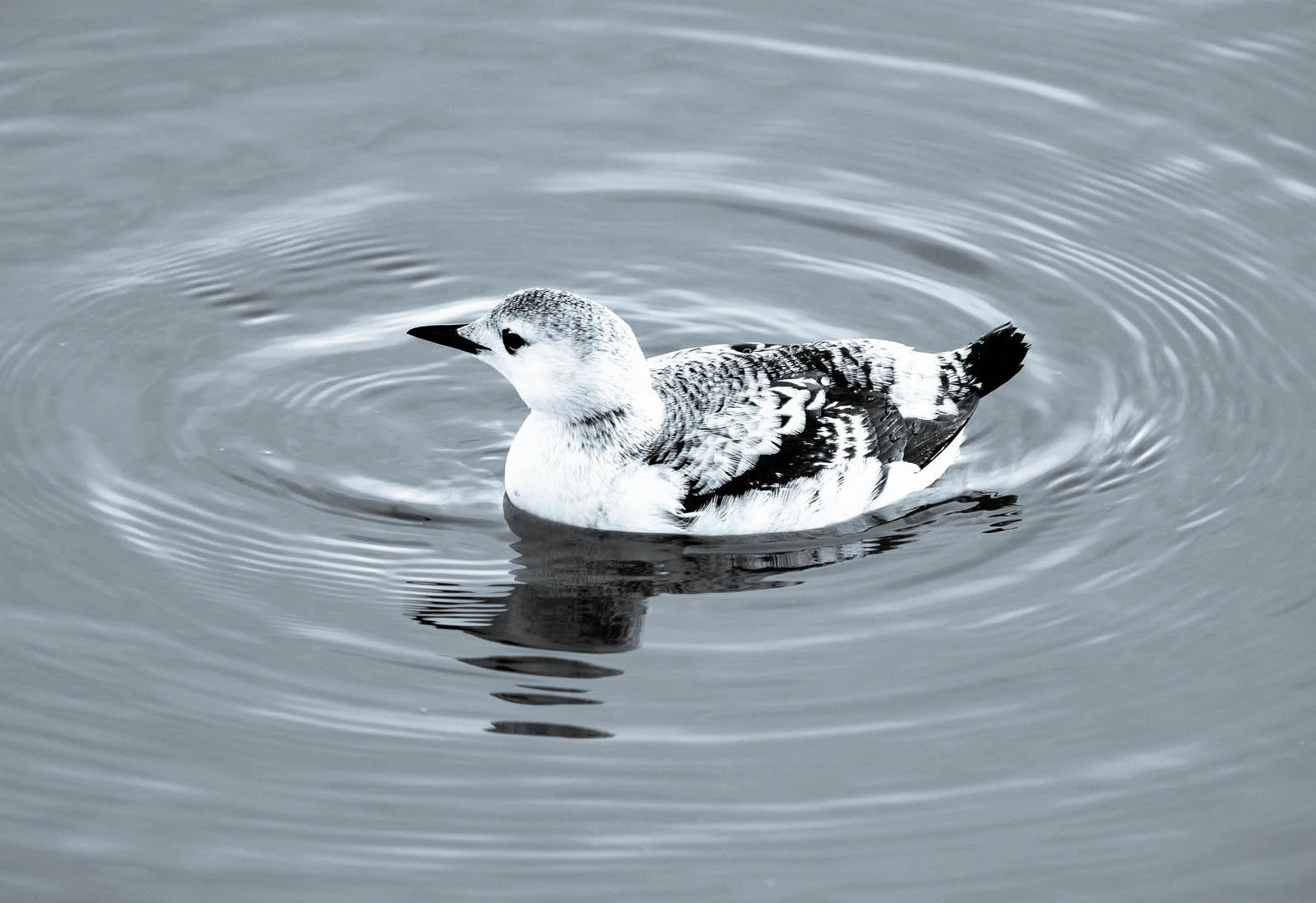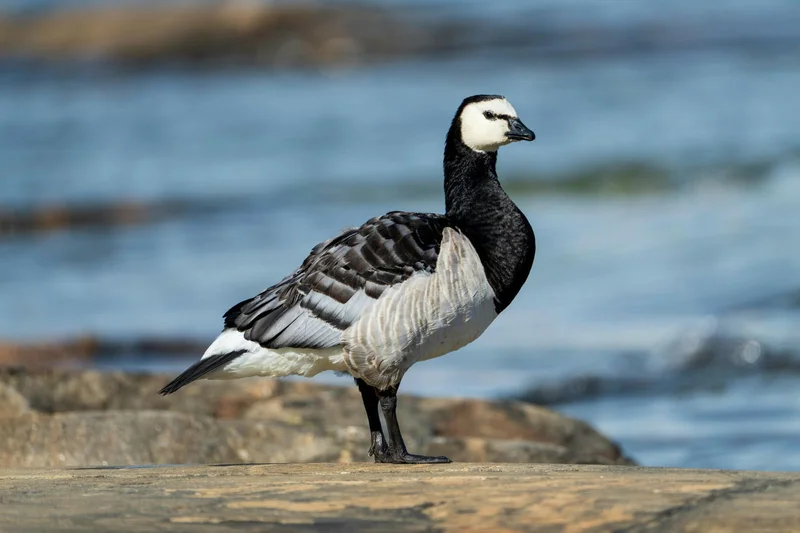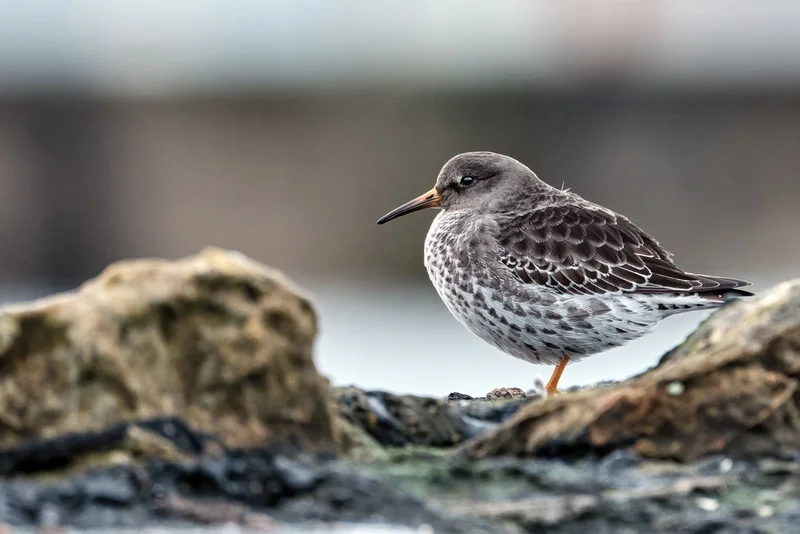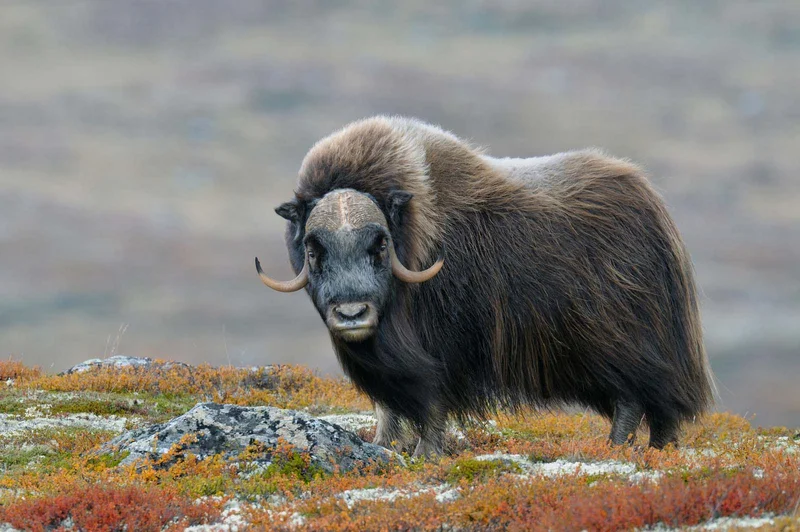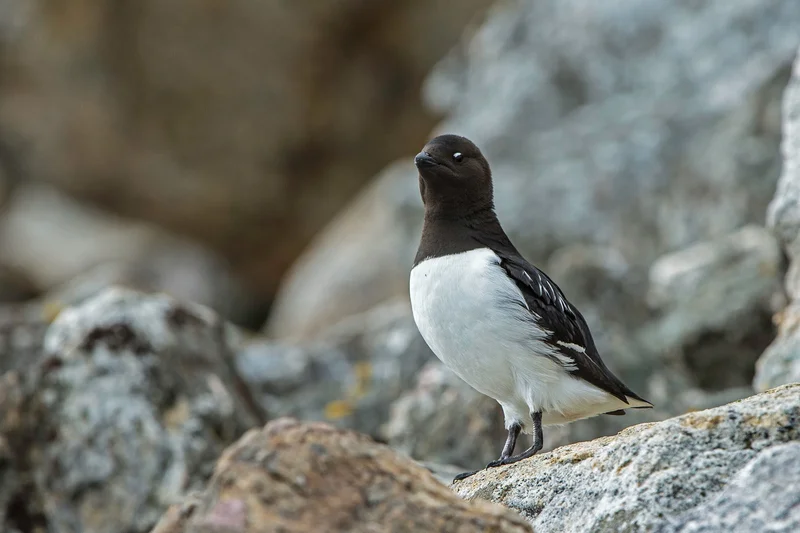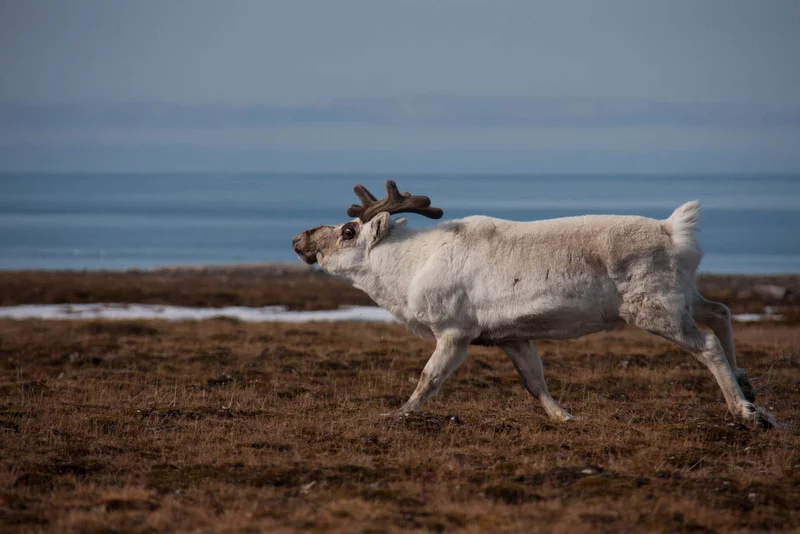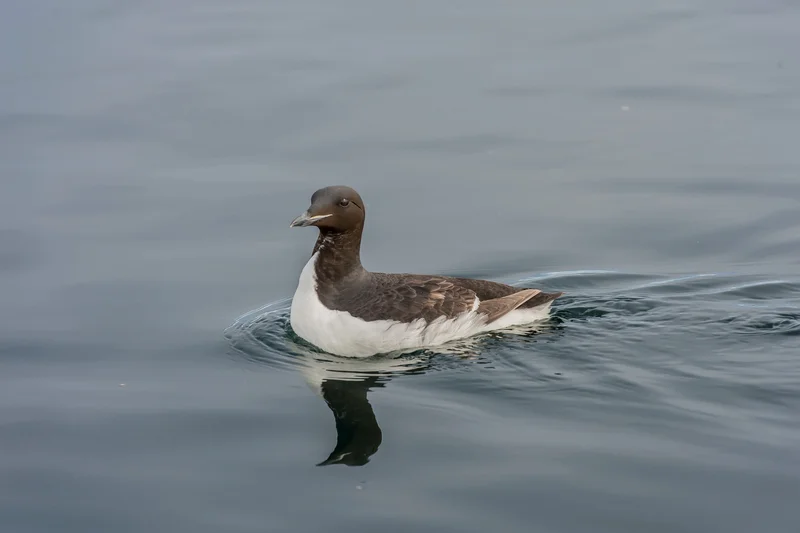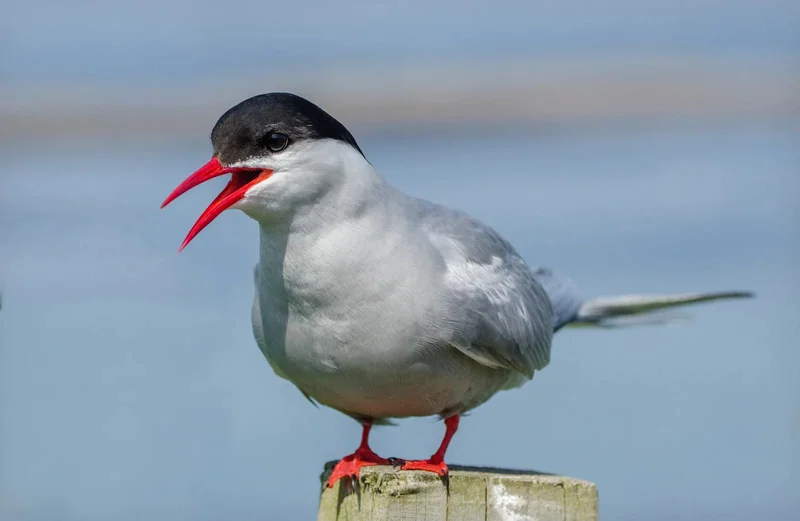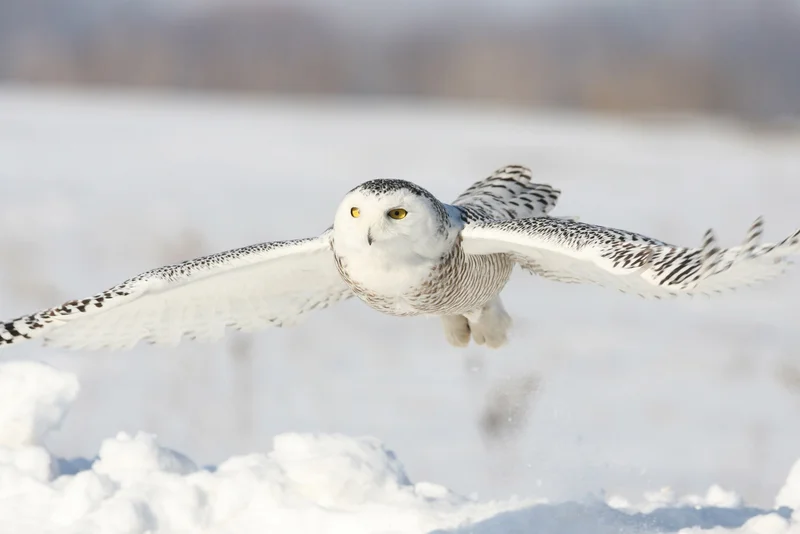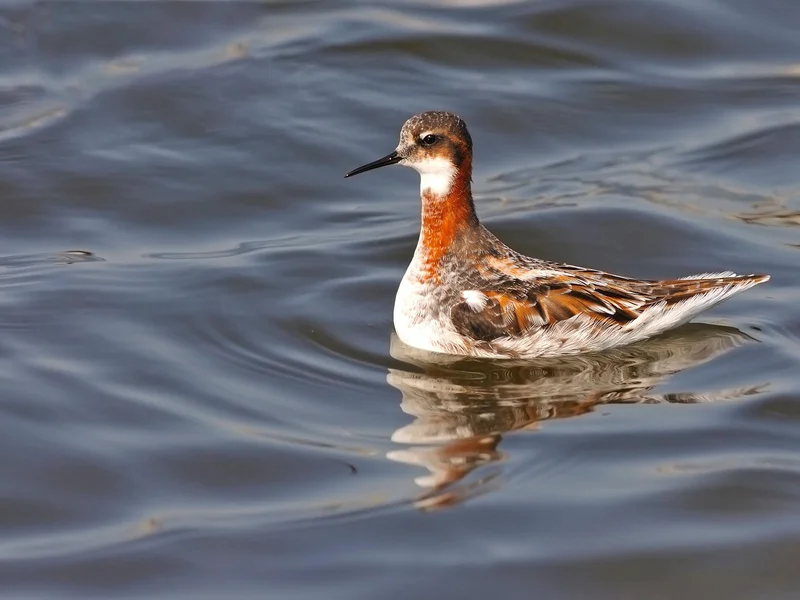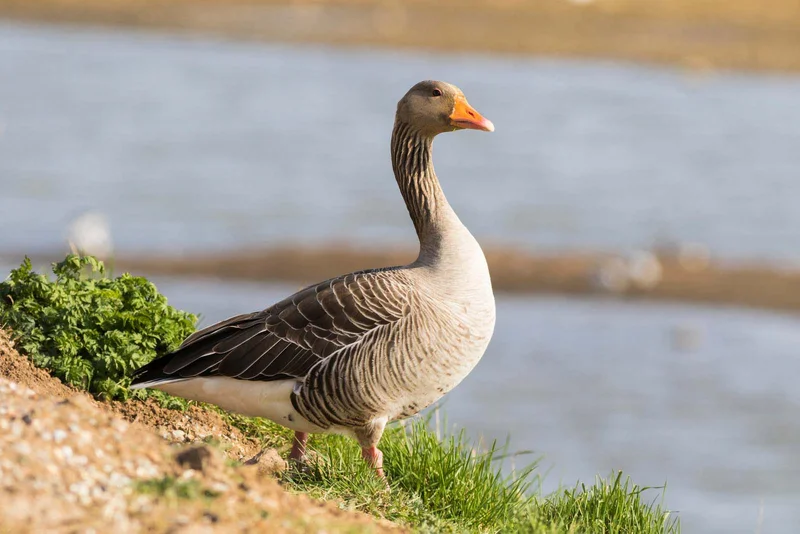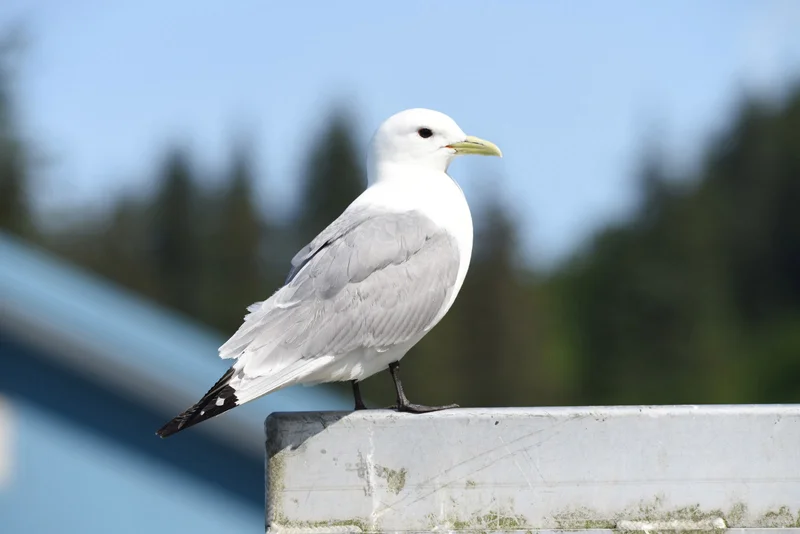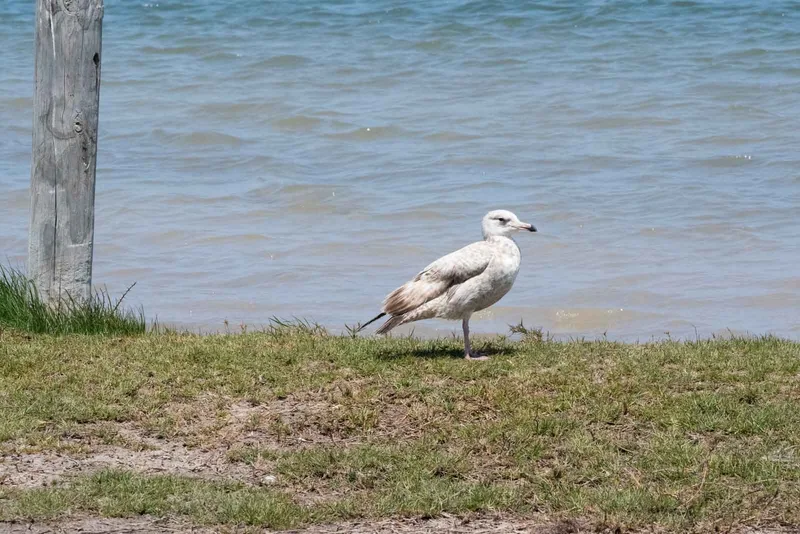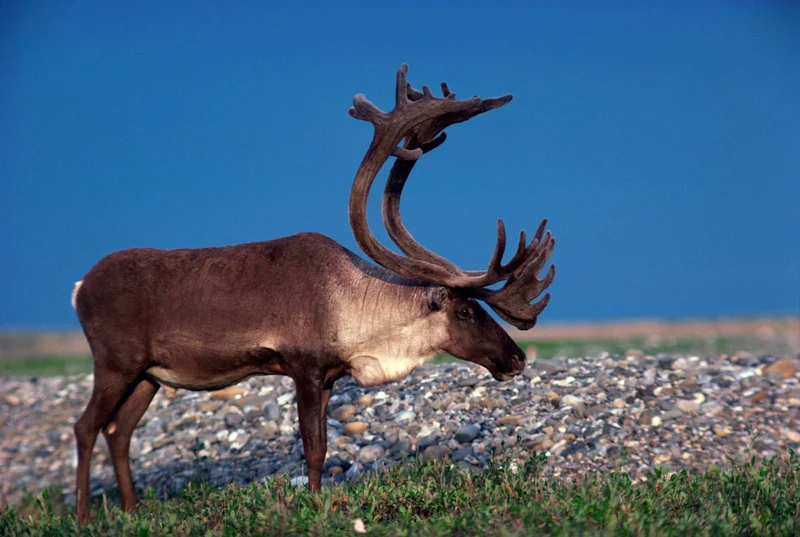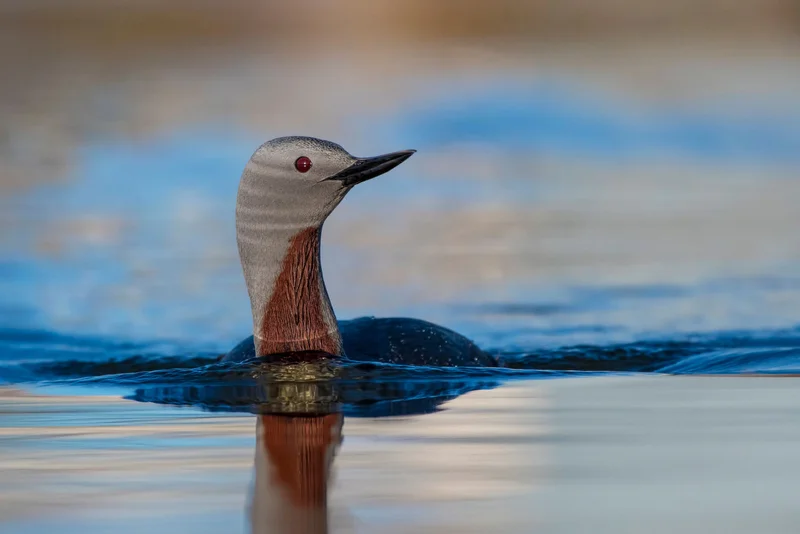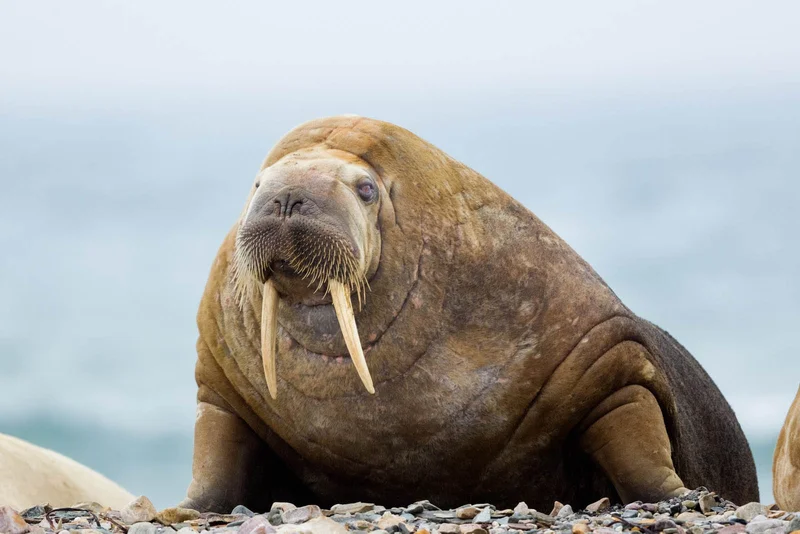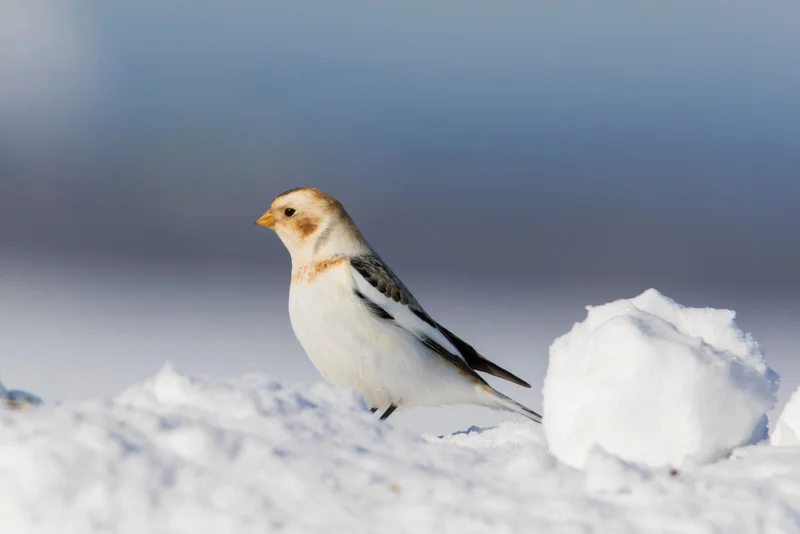Essential Black Guillemot Information
The black guillemot, sometimes called the tystie, is a medium-sized seabird and member of the auk family. In their breeding season, these birds are jet black with bright white wing patches, and their legs, feet, and the inside of their mouths turn a vibrant coral-red, making them easily identifiable.
Habitat and Range
Black guillemots are found throughout the high Arctic and as far south as northern Great Britain and New England. They prefer rocky shorelines and nest in cliff crevices, among rocks, or under boulders. These birds can be found nesting in small colonies or as solitary pairs.
Breeding and Life Cycle
The breeding season begins in late February. Black guillemots usually lay two eggs per clutch and can raise two clutches per season. After about a month, the chicks fledge and spend 2 to 2.5 years out at sea before returning to their birthplace to breed.
Behavior and Feeding
Unlike other auks that travel far to hunt, black guillemots stay closer to shore. They land on the water and dive from a swimming position, using their wings to “fly” underwater in pursuit of fish and small crustaceans. These birds are notably curious and will often approach Zodiacs, offering up-close views for explorers and photographers.
Interesting Facts
- Breeding Plumage: Their jet-black body with white wing patches and coral-red feet make them a striking sight during breeding season.
- Curiosity: Black guillemots are known to follow Zodiacs, often coming close to explorers.
- Underwater Hunters: They use their wings to propel themselves underwater while hunting for fish and crustaceans.
